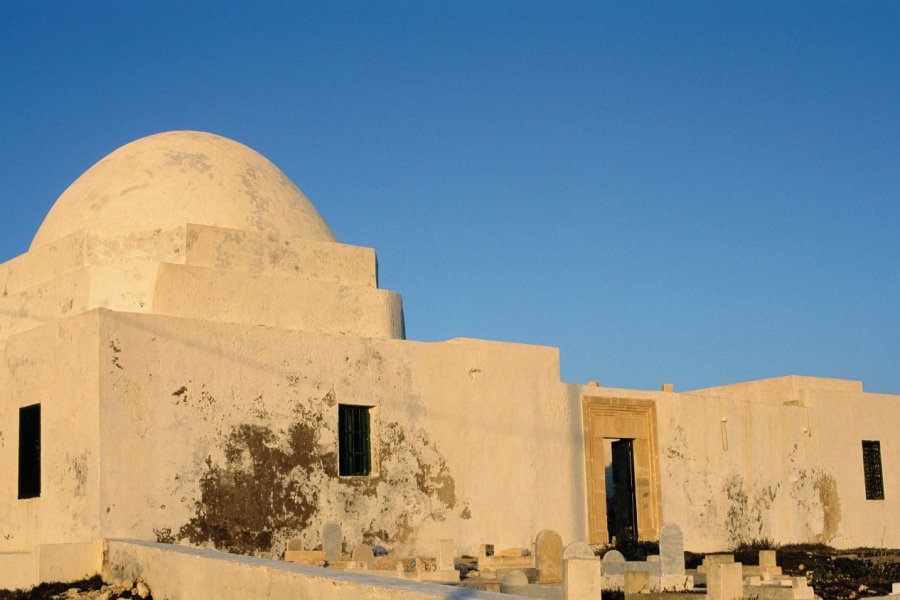Travel Guide Mahdia
Find an accommodation
Advertising
200 kilometers from the capital and 60 kilometers from Sousse is this beautiful little town that it would be a real shame to miss during your stay in Tunisia! Full of charm and history, Mahdia is worth spending at least a day there. Built on the rocky peninsula of Cap Africa (1,400 meters long and 500 meters wide), Mahdia requires special attention because of its privileged geographical position, its eventful history and its rich archaeological sites and monuments that date back to the Phoenician, Fatimid and Ottoman periods. As early as the 6th and 7th centuries BC, Mahdia was under Punic occupation, the port and the necropolis attest to this. The Fatimid era followed, at the very beginning of the 10th century, with the arrival of Obeid Allah el Mehdi. Ambitious partisan of a new Shiism, he disturbs the orthodox Islamist milieu of Kairouan. With his supporters, he left the Aghlabides' palace in Raggada to build a fortified city between 916 and 921. The former Carthaginian trading post of Cape Africa was chosen. Mahdia was born.This Fatimid branch would also have been the founder of the Egyptian city of Cairo. The most significant monuments of this period are: the palaces of El Mehdi and El Kaïem, the great mosque, the medina and the land and sea fortifications. The Normans of Sicily, in the 12th century, came to besiege it. Mahdia then became a haven for pirates, delighted to take advantage of its location and its 10-meter wide fortifications. The fortifications were destroyed under the Spanish occupation in the middle of the 16th century, and Mahdia was no longer a powerful city until the arrival of an Ottoman garrison that repopulated the city and built a fort occupied by the military. Today, it is the second largest fishing port in Tunisia and an increasingly important tourist center. The pretty seaside town of Mahdia is still human-sized, charming and at times very picturesque. Your visit to Mahdia will be pleasant, with its pretty, quiet and colorful streets and its white walls, vibrating from the sun that heats them, from the wind that patinates them and from the sea salt that gives them their flavor. Along with fishing, agriculture occupies a large part of the active population: cereals, vegetables, milk and meat are also a significant economic source. The city, located east of a large olive grove, is home to oil mills that produce not only olive oil but also soap (made from 72% olive oil). Silk and wool weaving, embroidery and goldsmithing are part of the city's heritage. Coming from Egypt through the caravan routes, the artisanal weaving is preserved despite the development of the activity in the country. The weaving of silk by the "hoki" is of high quality here; for wool, an artisanal know-how is also maintained. Painting on wood is another ancient tradition inherited from the Turkish and Ottoman civilizations. The products used are natural, and allow to decorate the various woodworks which furnish the house. In addition to these activities, tourism is becoming more and more important in the local economy and in the lives of its 50,000 inhabitants. The weekly market is held on Friday.
What to visit Mahdia?
Advertising
Suggested addresses Mahdia
Weather at the moment
Advertising
Organize your trip with our partners Mahdia
Transportation
Book your plane tickets
Car Rental
Boat rental
Accommodation & stays
Find a hotel
Holiday rental
Find your campsite
Tailor-made trip
Immersion travel
Services / On site
Activities & visits
Find a doctor















